Best Dog Food for Belgian Malinois: A Comprehensive Guide for Every Life Stage

The Belgian Malinois is a powerhouse of energy and intelligence. Known for their agility and loyalty, these dogs excel in various roles, from family companions to working dogs. With their high activity levels, providing the proper nutrition is more than essential—keeping them at their peak is a must. A diet rich in high-quality protein and nutrients supports their performance and overall health. If you’re looking for specific dietary tips for your Belgian Malinois, don’t miss our article Are Belgian Malinois Good Dogs? Article that touches on their nutritional needs.
Table of Contents
Understanding Belgian Malinois Dietary Needs
The Belgian Malinois is a breed that thrives on activity and purpose. Their high intelligence and energy demand a diet that supports their physical and mental health. Whether your Malinois is a family pet or a working dog, understanding their dietary needs is crucial to maintaining their well-being.
Nutritional Requirements Specific to Belgian Malinois
Belgian Malinois need a balanced diet tailored to their energy levels and activity. A dog’s diet should include high-quality proteins, fats, carbohydrates, and essential micronutrients. Remember their natural energy and muscle mass, as these influence what and how much they need to eat. Look for dog food that prioritizes:
- Protein (meat or fish as the primary ingredient).
- Healthy fats (for sustained energy).
- Vitamins and minerals (to support the immune system and overall health).
Avoid foods with fillers like corn and wheat, as they don’t meet their nutritional demands and may cause digestive issues.
For more insights, you may want to check the Belgian Malinois Feeding Guide, which offers detailed recommendations for their nutrition.
High Protein for Muscle Strength
Protein is the building block of life and essential for muscle development. Since Belgian Malinois are often highly active, their muscles need repair and growth support. Choose dog food with at least 22% protein (per AAFCO guidelines). Lean meats such as chicken, turkey, beef, and fish make excellent protein sources.
A protein-rich diet ensures your Malinois maintains agility and stamina during long play sessions or work tasks. Remember, more protein equals better muscle recovery, especially for active dogs.
Healthy Fats for Energy
Fats are not only tasty for dogs but also a primary energy source. They ensure sustained energy release, which is important for a dog that never seems to stop moving. Look for foods containing omega-3 and omega-6 fatty acids, often derived from:
- Fish oils (like salmon oil).
- Flaxseeds.
- Poultry fat.
Balanced fat levels in their diet also contribute to a glossy coat and healthy skin. Avoid cheap dog food options loaded with unhealthy, saturated fats.
Essential Vitamins and Minerals
Belgian Malinois need a variety of vitamins and minerals to stay healthy. These micronutrients affect their immune system, bones, coat, and eyesight. Here’s a breakdown of some essential ones:
- Vitamin A: Supports vision and skin health.
- Calcium: Improves bone strength, especially for active or aging dogs.
- Iron: Aids red blood cell production and energy levels.
- Zinc: Promotes skin and coat health.
- B-complex vitamins: Boost energy metabolism.
Including fresh vegetables like carrots, spinach, and blueberries in their diet is a great way to provide these nutrients.
Ingredients to Include and Avoid
Knowing what to feed and what to skip can make all the difference. Always include ingredients rich in protein and nutritional variety while avoiding harmful additives and poor-quality fillers. Here’s a guide:
Include:
- Lean meats (chicken, beef, salmon, turkey).
- Fish oil or flaxseed for healthy fats.
- Sweet potatoes for digestible carbs.
- Blueberries and carrots for antioxidants.
Avoid:
- Corn, soy, and wheat (often used as fillers).
- Artificial preservatives and flavors.
- Excessive sodium or sugar.
Opting for whole, minimally processed foods ensures your dog gets the nutrition they deserve.
For additional ideas, you might find the Belgian Malinois Feeding Guide helpful in crafting meals suitable to their high-energy requirements.
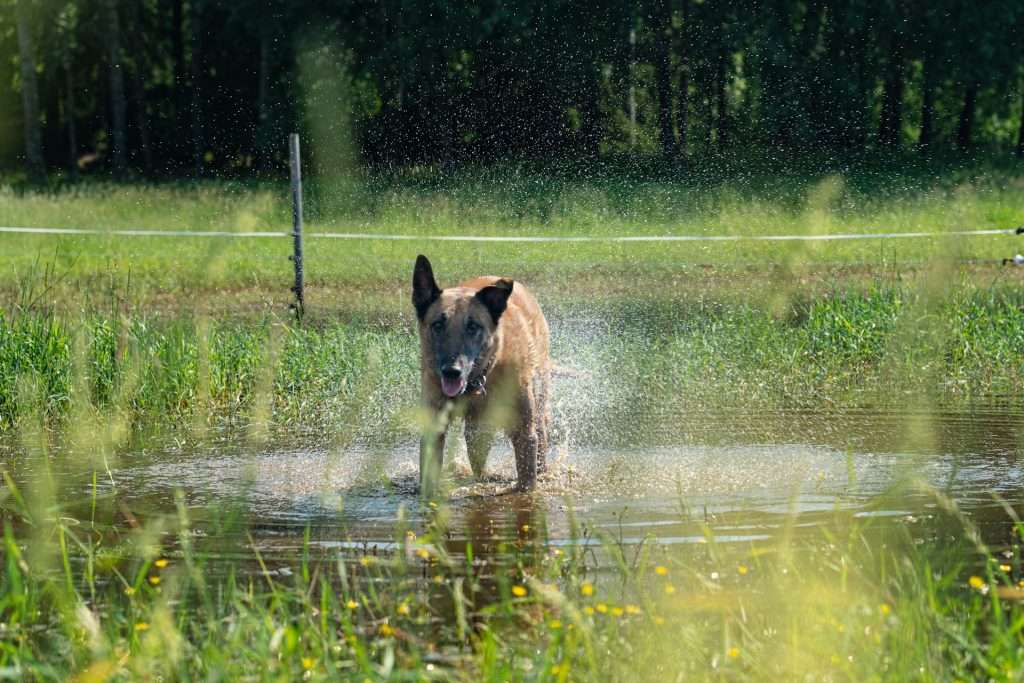
Photo by Laura Paredis
Best Types of Dog Food for Belgian Malinois
Feeding your Belgian Malinois the right food is key to keeping them healthy and energetic. These active, intelligent dogs need top-notch nutrition to support their agility, endurance, and overall well-being. Here’s a breakdown of the best dog food options for their dietary needs.
Dry Dog Food Options
Dry kibble is a popular choice for many dog owners, and good reason. It’s convenient and affordable and helps maintain your dog’s dental health by reducing plaque and tartar buildup. When selecting kibble for your Belgian Malinois, prioritize high-protein formulas with meat as the primary ingredient. Here are some top picks:
- Orijen Original Dry Dog Food: Known for its biologically appropriate recipes, Orijen offers high-quality, grain-free kibble packed with animal proteins.
- Taste of the Wild High Prairie: This recipe features tasty roasted bison and venison, which are ideal for providing rich protein content to your active pup.
- Blue Buffalo Wilderness Chicken Recipe: With real chicken as the first ingredient, this kibble is loaded with protein to fuel your Malinois energy needs.
Always select foods tailored to large, active breeds to meet their nutritional demands. For more insights into feeding active dogs, check out our Dog Breed Guide: Find Your Perfect Companion.

Photo by MART PRODUCTION
Wet Dog Food Options
In some situations, we call for wet dog food over kibble. Wet food can be a great alternative or supplement if your dog is a picky eater, has dental issues, or needs additional hydration. It’s softer, has a higher water content, and often smells and tastes better to dogs. Consider these options:
- Hill’s Science Diet Wet Dog Food: A balanced formula for large breeds, offering high protein and controlled fat levels.
- Merrick Classic Grain-Free Wet Food: This choice combines real deboned meat like beef, turkey, or chicken with wholesome veggies for complete nutrition.
- Nutro Ultra Wet Dog Food: Known for its trio of quality proteins—chicken, lamb, and salmon—blended with superfoods like chia and kale.
If you’re transitioning from dry to wet food, mix it gradually to help your Malinois adapt. Adding wet food to kibble can also provide variety and encourage active eaters. For more tips, explore the Belgian Malinois Feeding Guide.
Grain-Free vs. Regular Dog Food
The debate between grain-free and regular dog food often leaves pet owners wondering what’s best for their dogs. Let’s weigh the options:
Grain-Free Dog Food Pros:
- Ideal for dogs with grain allergies or sensitivities.
- Often higher in protein and includes healthier carbs, like sweet potatoes or lentils.
- This may lead to better digestion and less bloating.
Grain-Free Cons:
- Not all dogs need grain-free diets, which can sometimes lead to nutritional imbalances if not carefully chosen.
- Some studies suggest a potential link between grain-free diets and heart disease in dogs.
Regular Dog Food Pros:
- Includes whole grains like brown rice, oats, and barley, which provide fiber and energy.
- Typically, it is more affordable and still offers balanced nutrition.
Regular Cons:
- Some brands can include lower-quality fillers like corn or wheat, leading to digestive issues.
Ultimately, the choice depends on your dog’s individual needs and preferences. A balanced regular dog food might work perfectly fine if the Malinois has no grain allergies. On the other hand, if your pup shows signs of intolerance to grains, grain-free might be the way to go. A discussion with your vet can help you make the best choice for your dog. For more advice, check out this discussion on Belgian Malinois diets.
Feeding your Belgian Malinois isn’t about choosing the most expensive option; it’s about understanding their needs and finding the right food to match their energy-packed lifestyle.
Tailoring Nutrition to Life Stages
Every Belgian Malinois has unique nutritional needs depending on their life stage. Puppies, adults, and seniors require specific nutrients to stay healthy and thrive. Let’s break it down so you can make the best choice for your furry friend.
Puppy Nutrition
Puppies are bundles of energy and curiosity but need the right fuel to grow strong and healthy. A growing Malinois puppy burns through calories quickly, so their food has to keep up. Choose a formula high in protein to support muscle growth and calcium for developing bones.
Here’s what you should look for in puppy food:
- High protein content (lean meats like chicken or turkey).
- DHA and EPA (for brain and eye development).
- Calcium and phosphorus (for strong bones and teeth).
Brands such as Hill’s Science Diet and Royal Canin offer excellent options for large-breed puppies. Make sure the food is labeled for growth or all life stages. If you’re feeding kibble, occasionally mix in some wet food for variety and hydration. For more tips, check out Dog Nutrition Guidelines for in-depth advice on feeding at every stage.
Adult Nutrition
When your Belgian Malinois hits adulthood, its nutritional focus shifts to maintenance. They no longer need as many calories as puppies but still require plenty of protein and healthy fats to sustain their energy levels and lean physique.
Key nutrients for adults include:
- Protein (meat-first formulas are ideal).
- Omega-3 and Omega-6 fatty acids (for energy and a shiny coat).
- Antioxidants (to support overall health).
Active dogs, especially working Malinoiss, benefit from foods rich in lean meats and complex carbs for sustained energy. Avoid foods packed with fillers like corn or wheat, as they provide little nutritional value. For advice on ensuring your Malinois gets premium nourishment, see Dog Food for Health Issues.
Senior Nutrition
As Belgian Malinois age, their nutritional needs change again. Seniors often require fewer calories to prevent weight gain but may need extra support for joint health and digestion. Look for foods with added glucosamine and chondroitin to protect their joints and mobility.
Senior-friendly dog foods should include:
- Low-calorie options to prevent obesity.
- High levels of fiber for digestion.
- Supplements like glucosamine for healthy joints.
Adding some wet food formulated for seniors can also improve digestion and hydration. Ensure their diet is rich in protein to avoid muscle loss as they age. For more insights, explore Are Dogs Carnivores or Omnivores? Which discusses dietary preferences in older dogs.

Photo by Helena Lopes
Proper nutrition at each stage of life is key to keeping your Belgian Malinois healthy and thriving. Choosing the right balance of nutrients ensures they’re always ready for play, work, or lounging around. If you’re curious about tailoring your dog’s nutrition further, check out external resources like Life Stage Nutrition for Pets.
Tips for Feeding Belgian Malinois
The Belgian Malinois is a high-energy breed that thrives on a proper and balanced diet. Their feeding routine should consider their activity levels, life stage, and overall health. Adequate nutrition ensures they remain strong, energetic, and in peak condition. Let’s explore practical feeding tips to keep your Malinois happy and healthy.
Portion Sizes and Feeding Frequency
How much and how often you feed your Belgian Malinois is crucial to their health. Too much food can lead to obesity, while too little might leave them malnourished. Generally, adult Malinois require 2-3 meals daily to maintain steady energy levels throughout the day.
A good rule of thumb is to feed based on their weight and activity:
- Puppies (2-6 months): 3-4 daily small meals.
- Adults: 2 balanced portions split between morning and evening.
- Seniors: 2 lighter meals as their activity levels drop.
Check the feeding guidelines on your dog’s food packaging for exact portion sizes. Most brands offer recommendations based on weight and activity. If you’re unsure, consulting your vet is always a safe bet. For more detailed advice, explore this Belgian Malinois Feeding Guide.
Monitoring Weight and Adjusting Food Intake
Regularly monitoring your dog’s weight is essential to avoid overfeeding or underfeeding. Belgian Malinois are naturally lean, muscular dogs, so significant weight fluctuation might signal a dietary issue. Please keep your dog at a healthy weight by adjusting their calorie intake based on their activity level.
Signs your dog might need a diet change:
- Underweight: Visible ribs or lack of energy.
- Overweight: Difficulty feeling ribs or reduced mobility.
Consider using a body condition score chart to assess their weight visually. Adjust their food gradually—by 10% increments—if their weight strays too far from the healthy range.
Treats and Snacks: What is Safe and Nutritious?
Treats are a valuable training tool and a way to bond with your Belgian Malinois. However, they should only make up about 10% of your dog’s daily calorie intake. Choose nutritious treats and avoid those loaded with artificial ingredients or sugars. Here are some excellent options:
- Protein-packed treats: Freeze-dried chicken or beef.
- Vegetable snacks: Carrot sticks or green beans.
- Fruits: Sliced apple (without seeds) or blueberries.
Avoid common toxic foods like chocolate, grapes, and onions. Want to give your dog a homemade treat? Try making simple peanut butter and pumpkin dog biscuits—ensure the peanut butter doesn’t contain xylitol, which is toxic to dogs.
Check out the Malinois Diet Discussion for additional ideas on feeding your Malinois.
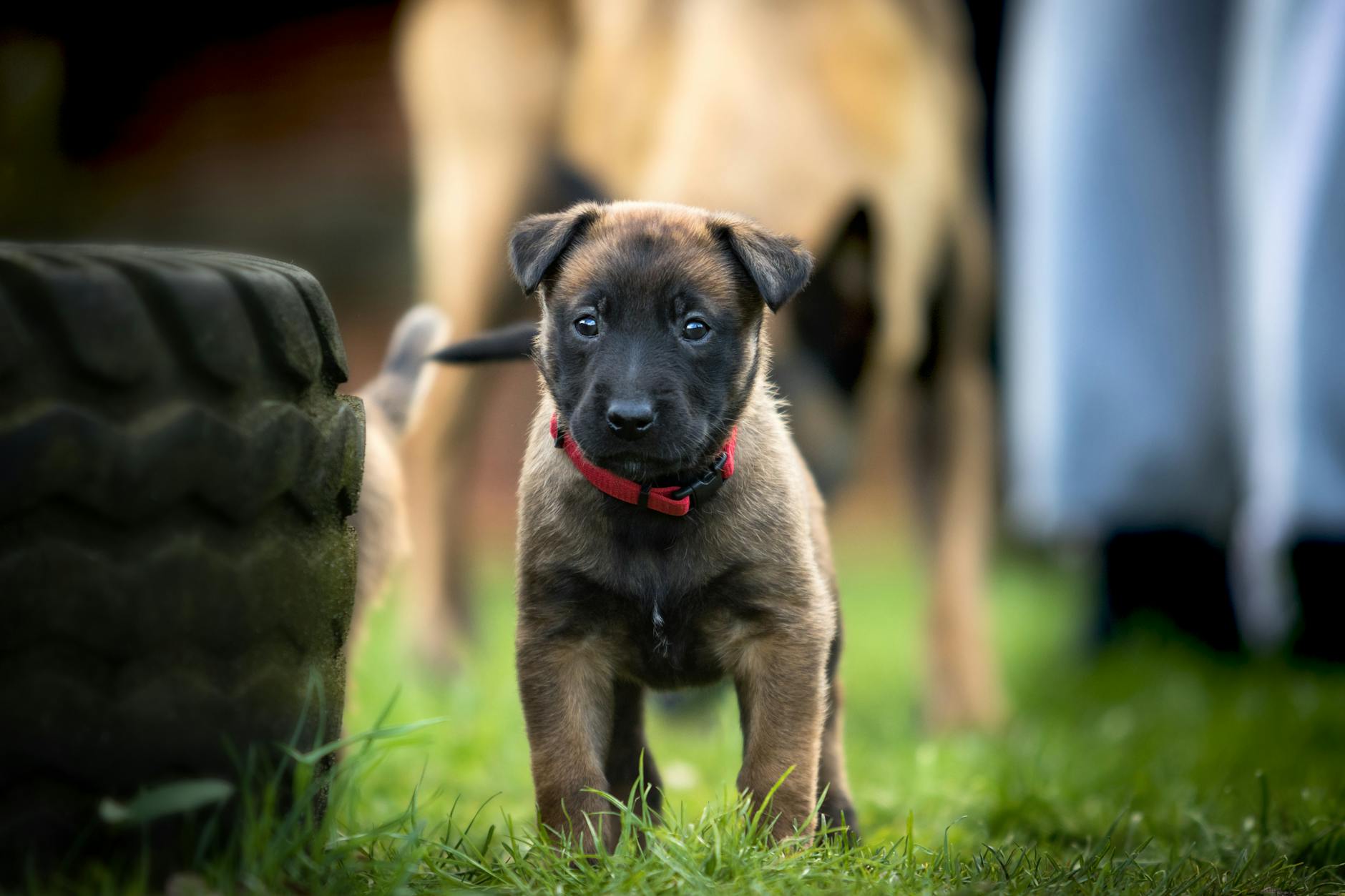
Photo by Pixabay
Adequate feeding is key to supporting your Malinois’ active lifestyle. Through a balanced diet, careful monitoring, and safe treatment choices, you provide them with the foundation for a long and healthy life. For even more insights, explore our Dog Nutrition Guidelines.
Common Health Concerns and Prevention
Maintaining your Belgian Malinois’ health goes beyond providing good food. A balanced diet is pivotal in preventing many ailments typical to active breeds. Below, we’ll explore common health concerns, how nutrition plays a role in prevention, and what foods might benefit your dog’s joints and coat.
Potential Health Issues Linked to Poor Diet
Poor nutrition in dogs can lead to a variety of common health concerns. Belgian Malinois are no exception, and their active nature makes them particularly susceptible to diet-related issues, such as:
- Obesity: Overeating or overfeeding can lead to weight gain, which stresses joints and reduces mobility.
- Hip and Elbow Dysplasia: Often seen in larger breeds, insufficient nutrients worsen joint health.
- Skin and Coat Problems: Lack of omega fatty acids can result in dry skin or a dull coat.
- Digestive Issues: Excess fillers or low-quality proteins can upset their gut, causing diarrhea or bloating.
- Low Energy Levels: Poor-quality foods lacking healthy fats and proteins can sap their vitality.
If your Belgian Malinois exhibits symptoms like fatigue, poor coat quality, or limping, it might be time to assess their diet. Learn more about pinpointing canine health concerns at Canine Wellness: Recognizing Common Dog Health Problems.
Role of Proper Nutrition in Preventing Problems
A well-balanced diet is a preventive measure as much as it fuels your dog’s daily activities. Proper nutrition can mitigate many health concerns by offering essential vitamins, healthy fats, and quality protein sources. How does it help?
- Improves Joint Health: Nutrients like glucosamine, chondroitin, and omega-3 fatty acids protect against joint degradation.
- Boosts Immunity: Antioxidants from whole foods like blueberries or spinach combat free radicals and strengthen the immune system.
- Encourages Digestive Balance: Prebiotics and probiotics enhance gut health, reducing bloating and aiding nutrient absorption.
- Maintains Weight: Balanced meals with appropriate calorie counts ensure your Malinois stays fit without sacrificing energy.
- Supports Coat Health: Omega fatty acids, mainly from fish oil, give their coat a glossy and healthy appearance.
A nutritious diet is the cornerstone of your dog’s long, active, and happy life. For tips on defining the right balance, explore our Dog Food for Health Issues.
Foods to Help with Joint Support and Coat Health
Specific foods in your dog’s diet can target joint health and coat quality. Here are some excellent options:
- For Joint Support:
- Salmon: Rich in omega-3 fatty acids, which reduce inflammation.
- Bone Broth: High in glucosamine and chondroitin—essential joint-boosting compounds.
- Sweet Potatoes Contain vitamin C, which supports collagen production for healthy cartilage.
- For a Healthy Coat:
- Eggs: Contain biotin, which enhances hair growth and fortifies skin.
- Flaxseed: Packed with omega-6 fatty acids for shinier coats.
- Carrots: Provide beta-carotene, improving skin barrier and reducing dryness.
Feeding your Belgian Malinois doesn’t have to be complicated. Incorporating these foods ensures their joints stay limber and their coat stay sleek.
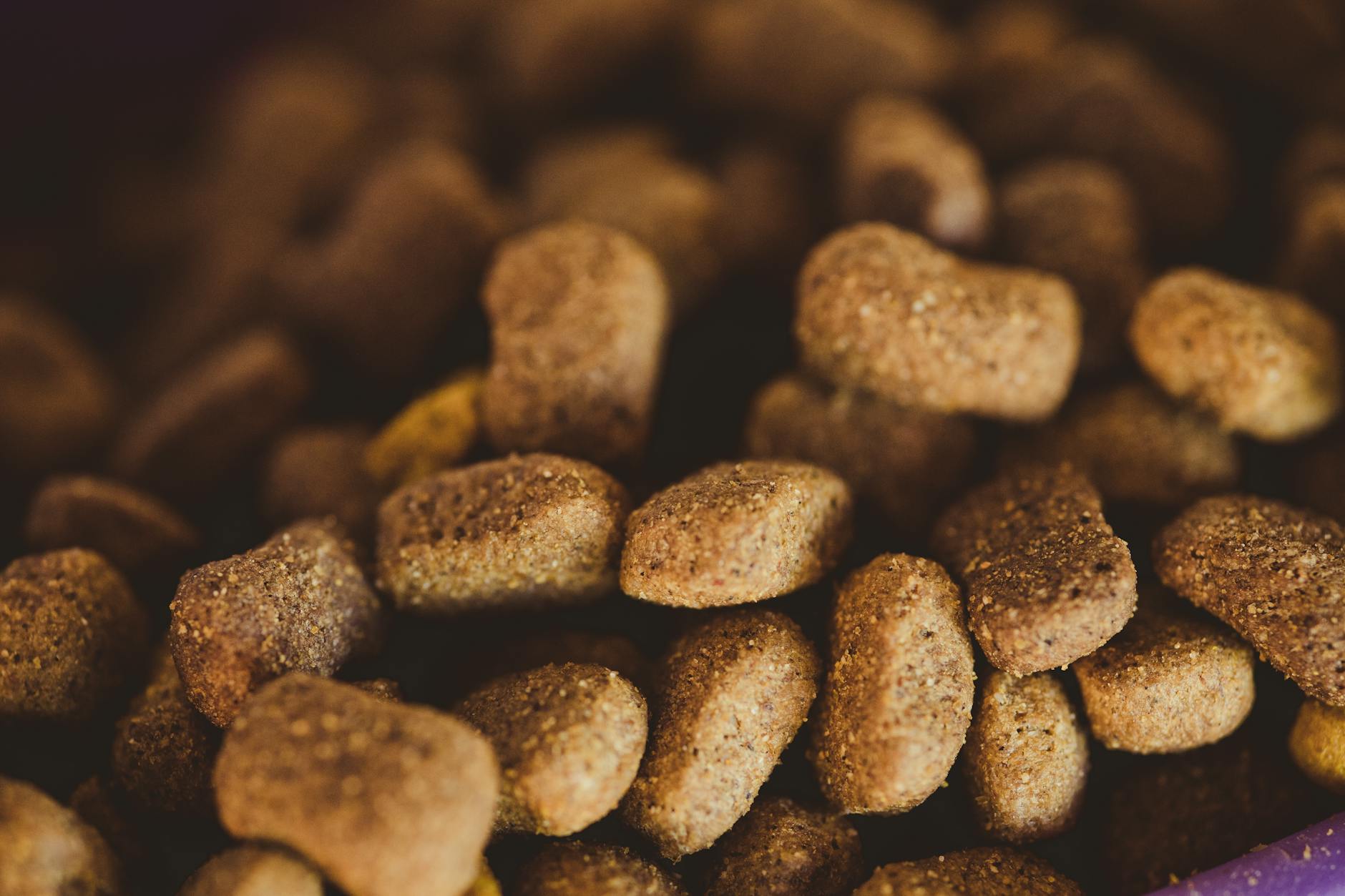
Photo by Rafael Rodrigues
Proper food choices can significantly impact your dog’s overall health. For a deeper understanding of how diet influences longevity, visit The Ultimate Guide to Labrador Retriever Care and Training.
FAQs About Belgian Malinois Nutrition
Providing the right nutrition for your Belgian Malinois can feel overwhelming, but knowing the basics is easier. Below are answers to dog owners’ most common questions about feeding Belgian Malinois.
What is the best protein source for Belgian Malinois?
Protein is the cornerstone of your Belgian Malinois diet. High-quality animal proteins like chicken, beef, turkey, and salmon are among the best choices. These essential amino acids support muscle growth, stamina, and recovery.
When choosing dog food, look for recipes where real meat is the first ingredient. Protein content should ideally be at least 22%, especially for active dogs. If you’re curious about how proteins impact performance, check out Nutrition for the Working Dog.
Should Belgian Malinois eat a grain-free diet?
Not all Belgian Malinois need a grain-free diet. Grain-free foods can be helpful for dogs with grain sensitivities or allergies. However, grains like brown rice and oats can provide valuable energy and fiber for many Malinois.
Some reports suggest grain-free diets might be linked to heart disease in dogs, so it’s best to consult your vet before making the switch. Learn more about the pros and cons of grain-free diets for Belgian Malinois at Feeding Recommendations for Belgian Malinois.
How much food does an active Belgian Malinois need daily?
The amount of daily food depends on your dog’s weight and activity level. On average:
- Adult Malinois: 2 to 3 cups daily (split into two meals).
- Highly active or working dogs May need up to 20% more calories.
Constantly monitor your dog’s weight and adjust portions as needed. Overfeeding can lead to obesity, while underfeeding may leave them low on energy.
Are there specific food brands ideal for Belgian Malinois?
Some brands, like Belgian Malinois, stand out in meeting active breeds’ nutritional needs. Popular choices include:
- Orijen: Known for its biologically appropriate, high-protein formulas.
- Taste of the Wild: Offers grain-free options with premium meat proteins.
- Blue Buffalo Wilderness: Features meat-first recipes with added antioxidants.
You can get more recommendations at our Dog Breed List.
Can Belgian Malinois eat homemade meals?
Absolutely! Homemade meals can offer variety and ensure quality ingredients. However, they must be balanced with protein, fats, carbs, and micronutrients.
Here’s a simple guideline:
- Protein: Chicken, turkey, fish, or lean beef.
- Carbs: Sweet potatoes or brown rice.
- Veggies: Carrots, spinach, or green beans.
Consider consulting with a pet nutritionist to avoid nutritional gaps. For more resources, check out Nutrition Basics for Belgian Malinois.
What is the best dog food for Belgian Malinois with allergies?
If Malinois has food allergies, try limited-ingredient diets or hypoallergenic dog foods. Common allergens include:
- Beef
- Chicken
- Grains (wheat, corn, soy)
Switching to novel proteins like duck or venison can also help. Brands like Natural Balance L.I.D. and Canidae Pure specialize in allergy-friendly options. For in-depth guidance, check Allergies and Dog Diets.
Do puppies and senior Belgian Malinois require different diets?
Yes, puppies and seniors have unique dietary needs:
- Puppies: Require higher protein and calories for growth. Look for DHA-rich foods for brain development.
- Seniors: Need fewer calories but more joint support (glucosamine, chondroitin).
Tailored food ensures each life stage gets nutrients for health and energy. Visit our 10 Fascinating Facts About Belgian Malinois for more tips.
What should I avoid feeding my Belgian Malinois?
Certain foods can be harmful or toxic to your dog. Everyday items to avoid include:
- Chocolate
- Grapes and raisins
- Onions and garlic
- Alcohol
- Xylitol (in sugar-free products)
Additionally, skip foods with artificial preservatives and fillers like corn and soy. These can cause digestive issues or provide little nutritional value. For a complete list of harmful foods, refer to Dog Food Safety Tips.
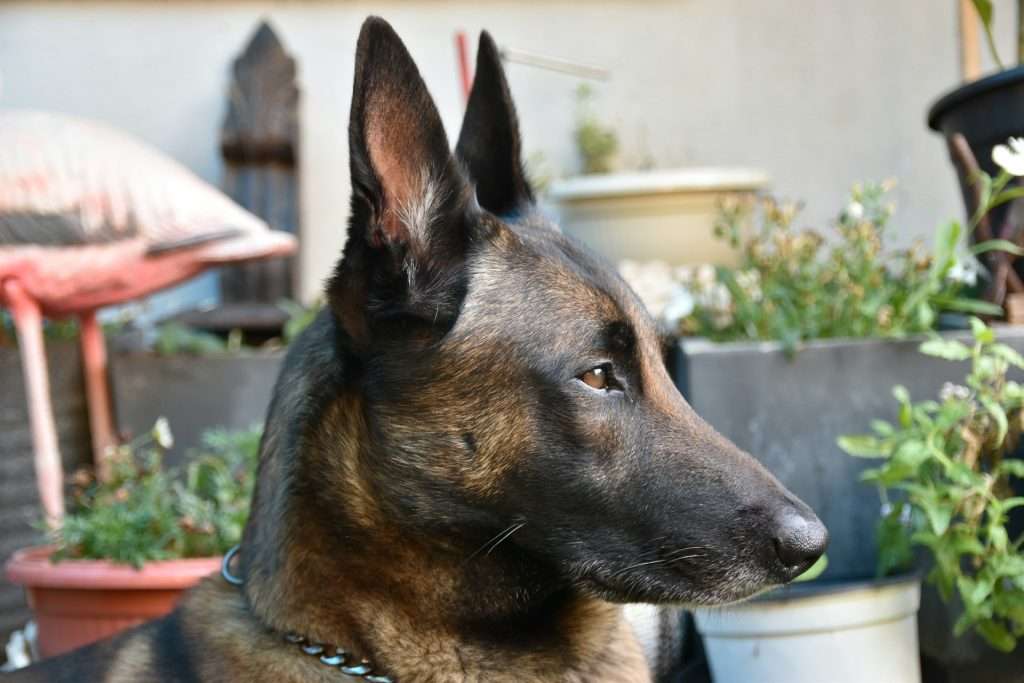
Photo by Anton Kudryashov
Understanding your Belgian Malinois’ nutrition will keep them active, healthy, and ready to take on the world with you. Explore related resources on K9 NutriPick for personalized advice.
Conclusion
Proper nutrition is key to keeping your Belgian Malinois healthy, energetic, and happy. You can fuel their active lifestyle with high-protein meals, healthy fats, and essential vitamins. Remember, the best diet varies depending on your dog’s age, activity, and health.
Explore different options to find one that suits your pet’s unique needs. Consult your veterinarian for tailored advice to ensure optimal health.
For more guidance on feeding and care, visit Dog Breeds and Photos.
FAQs: Best Dog Food for Belgian Malinois
What’s the best type of dog food for Belgian Malinois?
Belgian Malinois thrive on high-protein, quality dog food. Look for balanced nutrition with healthy fats and carbs. For detailed insights, explore Are Belgian Malinois Good Dogs?
Should I feed my Belgian Malinois dry kibble or wet food?
Dry food is convenient and helps maintain teeth health. Wet food can complement hydration and variety.
How many calories does a Belgian Malinois need daily?
Active Malinois typically need 30-40 calories per pound of body weight daily. Adjust based on age and activity.
Are there specific ingredients I should look for?
Focus on animal-based proteins, omega-3 fatty acids, and joint-supporting nutrients like glucosamine and chondroitin.
Can I feed my Belgian Malinois a raw diet?
A raw diet can be beneficial. However, consult a vet to ensure it’s nutritionally balanced and safe.
How often should I feed my Belgian Malinois?
Feed adults twice daily to maintain steady energy levels. Puppies may need 3-4 smaller meals daily.
Can I give my Malinois human food as a treat?
Some human foods like plain chicken or pumpkin are fine. Avoid toxic ones like chocolate, onions, or grapes.
Does Belgian Malinois have sensitive stomachs?
Some may. Gradually introduce new foods to prevent digestive issues. Consider limited-ingredient diets if needed.
Should senior Belgian Malinois eat differently?
Yes, seniors may need lower-calorie food with joint and digestive support. Protein levels should remain adequate.
Are grain-free diets suitable for Belgian Malinois?
Grain-free works for allergies, but not all dogs need it. Ensure it’s well-rounded with essential nutrients.
For more about Belgian Malinois, check out 10 Fascinating Facts About Belgian Malinois.

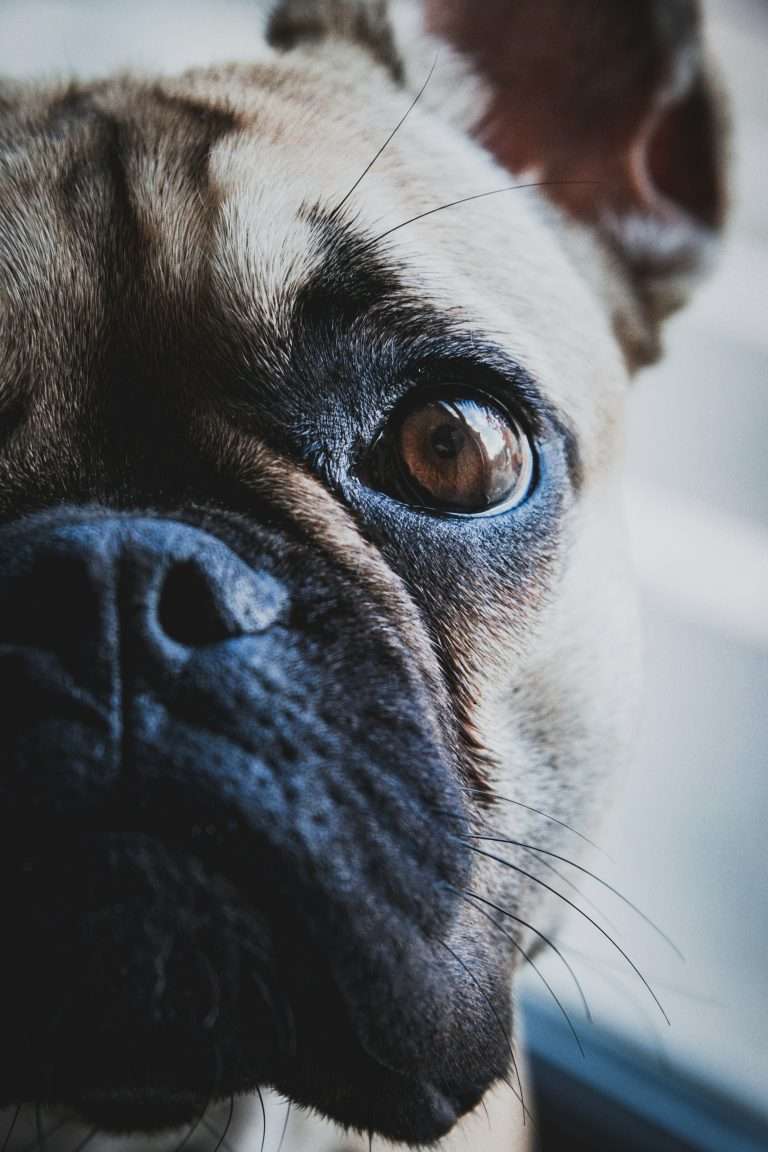
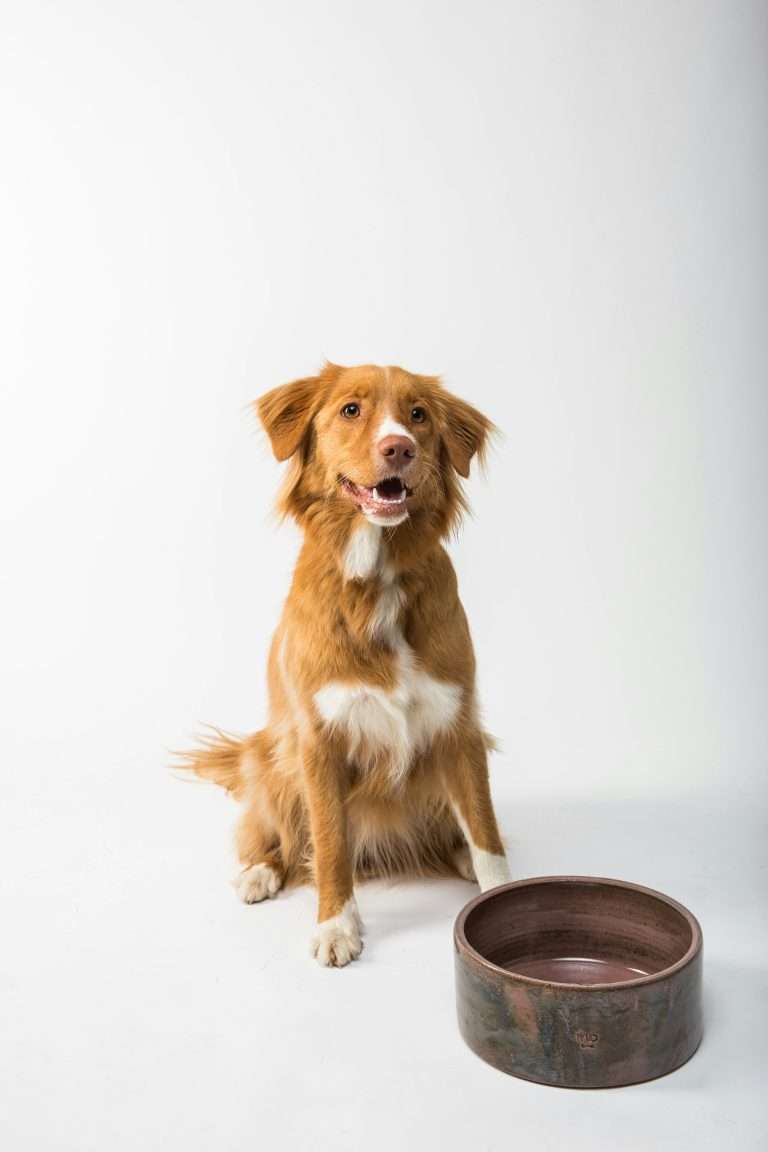

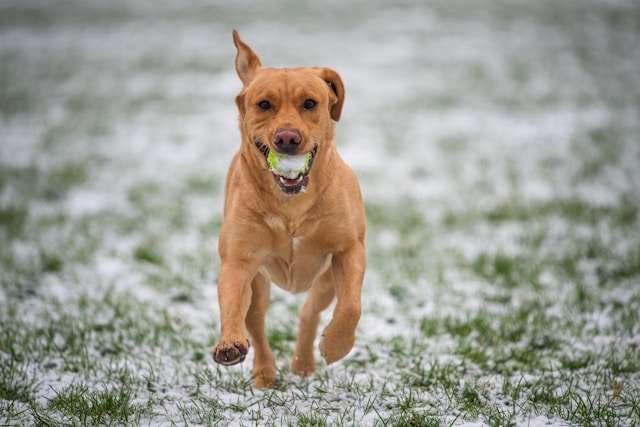


One Comment